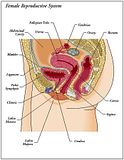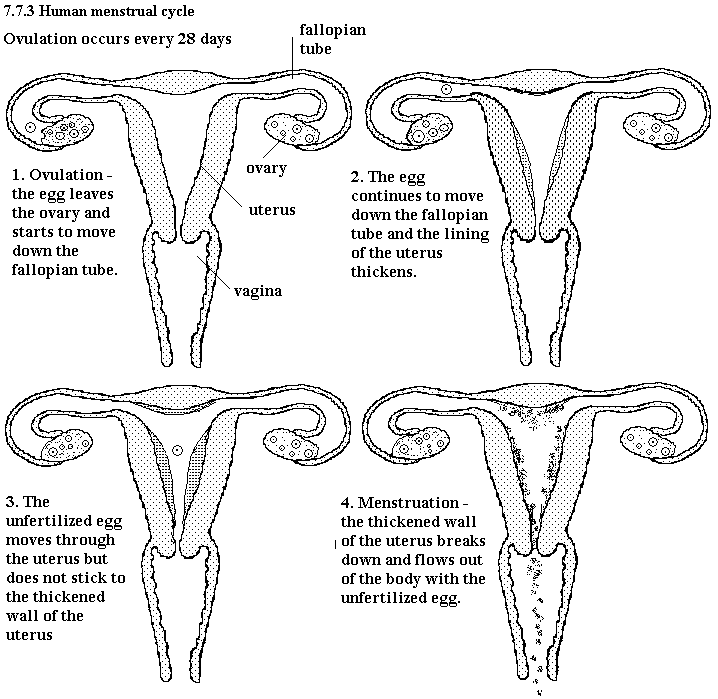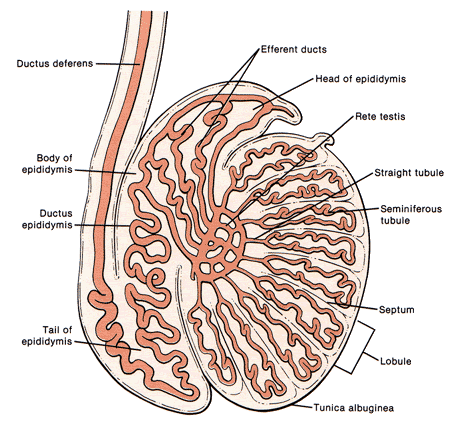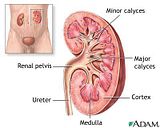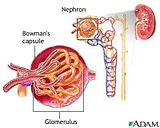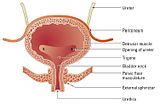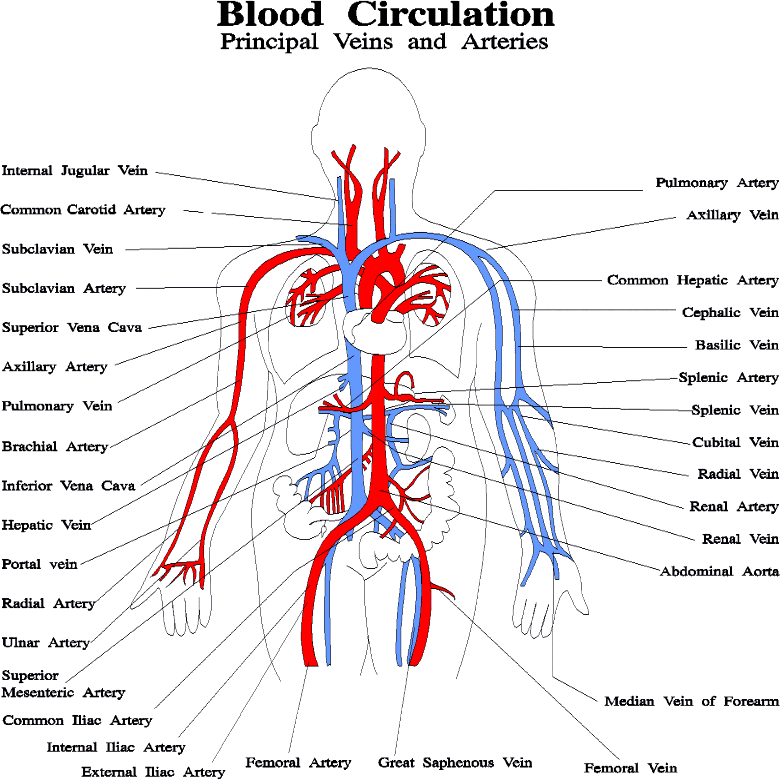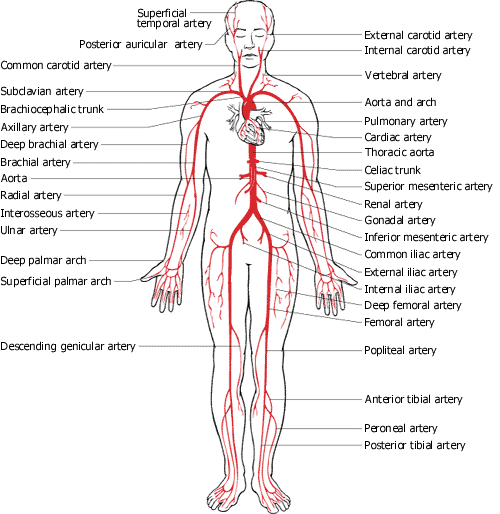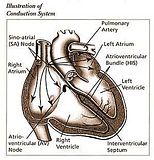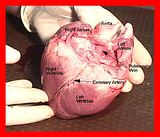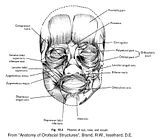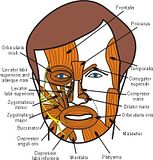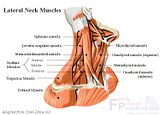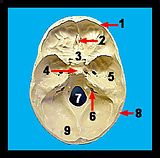ive been outlining the chapters for my own use.
the major functions of bone are:
1. Support
2. storage of minerals
3. blood cell production
4. protection
5. leverage
collagen fibers within the bone give strength and flexability.
osteocytes are mature bone cells. they maintain & monitor protein and mineral content in the matrix.
lacunae are sandwiched between layers of calcified matrix
lamellae are the matrix layers
canaliculi are channels through the matrix
osteoblasts produce new bone, when surrounded by matrix they become osteocytes.
there are 2 types of bone.
spongy bone and compact bone
compact bone is dense and solid.
spongy bone is a network of struts and plates.

